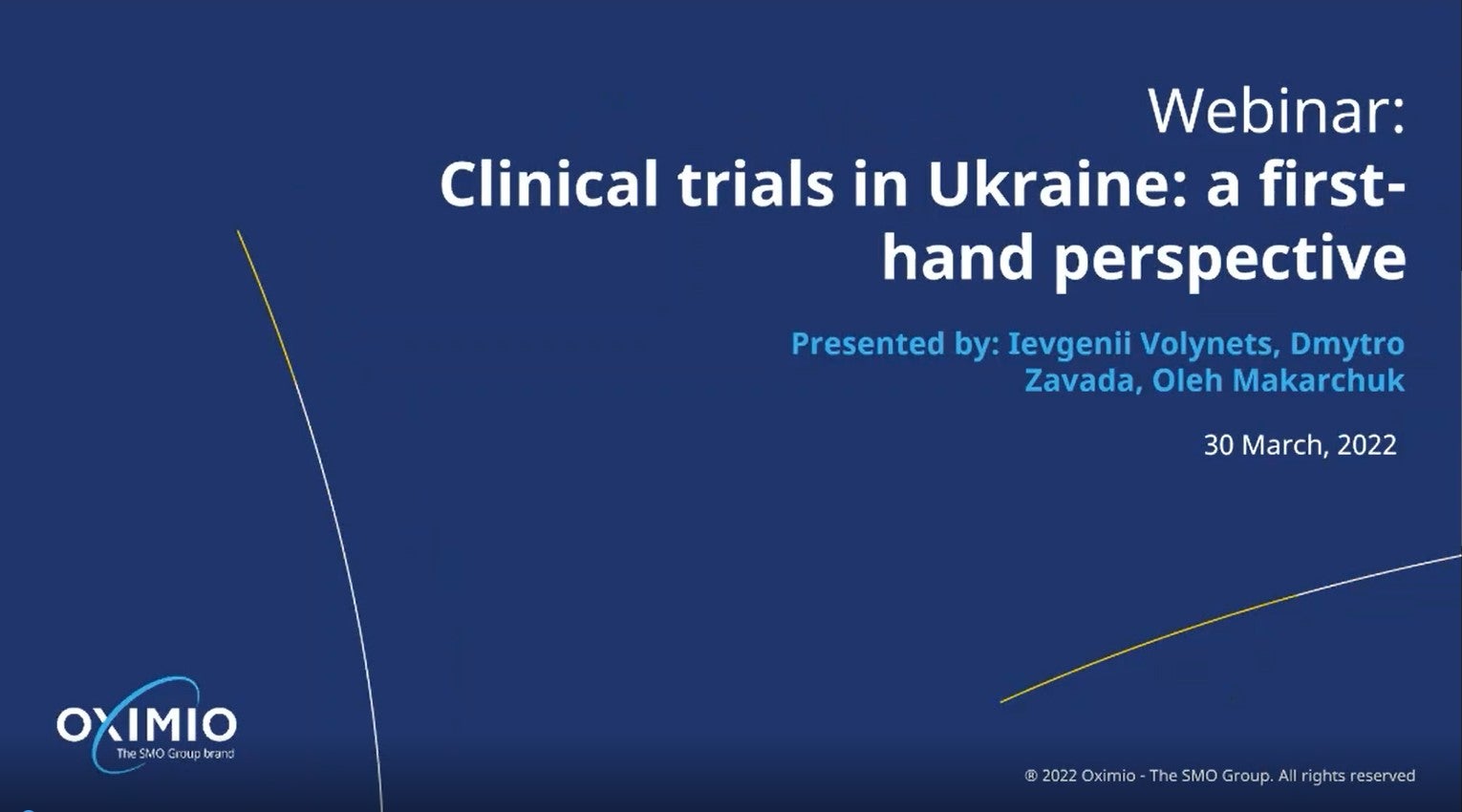Since the Russian invasion of Ukraine in early 2022, the Ukrainian budget has prioritised national security and defence. However, other significant priorities have been made clear by Ukrainian President Volodymyr Zelenskyi who, since the invasion, has adopted two budgets that have increased healthcare spending. As such, the 2024 budget emphasised the need for reimbursed medicines in war zones, particularly for the treatment of mental and behavioural disorders. With healthcare spending and emergency measures being established under martial law for Ukraine, GlobalData compares how market access in Ukraine has changed during the Russia-Ukraine conflict. Factors considered include the number of newly launched products in the Ukrainian market, how price trends have changed per year, and the impact the invasion has had on the launch sequence of medicines for Ukraine and Russia.
Branded medicines entering the Ukrainian market after 2022 launch at a similar rate to before the Russian invasion
Between 2018 and 2020, the number of newly launched branded medicines in Ukraine followed a downward trajectory, with the number of new medicines declining by 44%. This trend then shifted in 2021 after the Ministry of Health (MoH) developed the “National Cancer Control Strategy until 2030” that would expand the list of services for the diagnosis and treatment of cancer under the medical guarantees program. An influx of innovative medicines, specifically oncology products (65), then launched onto the Ukrainian market and represented a peak across the five years (2018–2023). The National Cancer Control Strategy until 2030 was then suspended once war broke out. While it would be expected that the onset of the Russia-Ukraine war could possibly delay the entry of new medicines in Ukraine, it appears the volume of drugs entering the market, although decreased, has not dropped below the volumes seen prior to the invasion. For 2022 and 2023, the number of branded products entering the market remained relatively stable at the same level seen in 2020 during the Covid-19 pandemic. This was likely possible due to the Ukrainian MoH streamlining and adding flexibility to the process of submitting papers for the partial or full reimbursement of medicines as part of the commitment to continuing the approval and reimbursement process while under martial law.

US Tariffs are shifting - will you react or anticipate?
Don’t let policy changes catch you off guard. Stay proactive with real-time data and expert analysis.
By GlobalDataSince 2022, Ukraine has seen an upward trend in price increases per year
Figure 2 summarises the average yearly price trend for branded medicines in Ukraine between 2018 and 2024. Branded products saw a significant average price increase (39%) in 2019 compared to prices in 2018, followed by a stabilisation of price increases in the following year. The average yearly price trend (2019–2020) suggests only minimal changes in prices for branded medicines with an average price increase of only 1%. This trend did not vary during the Covid-19 pandemic. However, average yearly price trends then suggest that from 2022 onwards, the prices of branded medicines steadily started to increase, with the average yearly price change for 2023 to the start of 2024 reaching a peak (10%) since the war started. Fluctuations in these price trends could have been more devastating but when war broke out, a combination of delaying new outpatient reimbursement prices until July 2022 and a commitment to continue price monitoring under martial law alongside minor international reference pricing (IRP) adjustments for reimbursable outpatient medicines helped to prevent any outrageous price hikes so far during the war. Drug prices did still markedly increase in Ukraine since the Russian invasion, as reflected by the growing price trend starting from 2022 onwards. These increases are largely influenced by factors such as a drop in the exchange rate for the Ukrainian hryvnia versus the dollar and the euro that could trigger price increases in order to prevent drug shortages, increased fuel costs, and complications in import logistics.
Ukraine’s place in the average launch sequence for branded medicines has dropped since the war started
Despite goals to maintain market access to medicines in Ukraine during the Russian invasion and martial law period, Ukraine’s position in terms of launch strategy for medicines has been impacted. The graph below reviews how the average launch sequence across Europe has changed for branded medicines approved by the EMA between 2020-2021 that do not require additional monitoring compared to those drugs approved between 2022-2023. For branded medicines approved between 2022-2023, Ukraine’s market position for launching new branded products dropped by roughly 11 places, making the country an even later market for developers since the start of the war. Russia has also seen a similar trend with developers delaying the launch of branded products into this market since 2022, pushing the country down roughly nine places in the average launch sequence for Europe.
Ukraine’s market access for medicines has remained resilient during wartime. While the number of new drugs entering the market has declined since its peak in 2021, it has stopped short of dropping below the levels seen prior to the Covid-19 pandemic and the start of the war with Russia. The average yearly price trend has indicated that the prices have been increasing each year while controls were put in place to halt any detrimental price hikes. While newly approved branded medicines are reaching the Ukrainian market later since the war started, the country’s continual advancement to modernize the pricing and reimbursement system, ensure access to medicines during the war, and specify clear priorities for healthcare developments going into 2025 will likely help restores its position in the European market.






